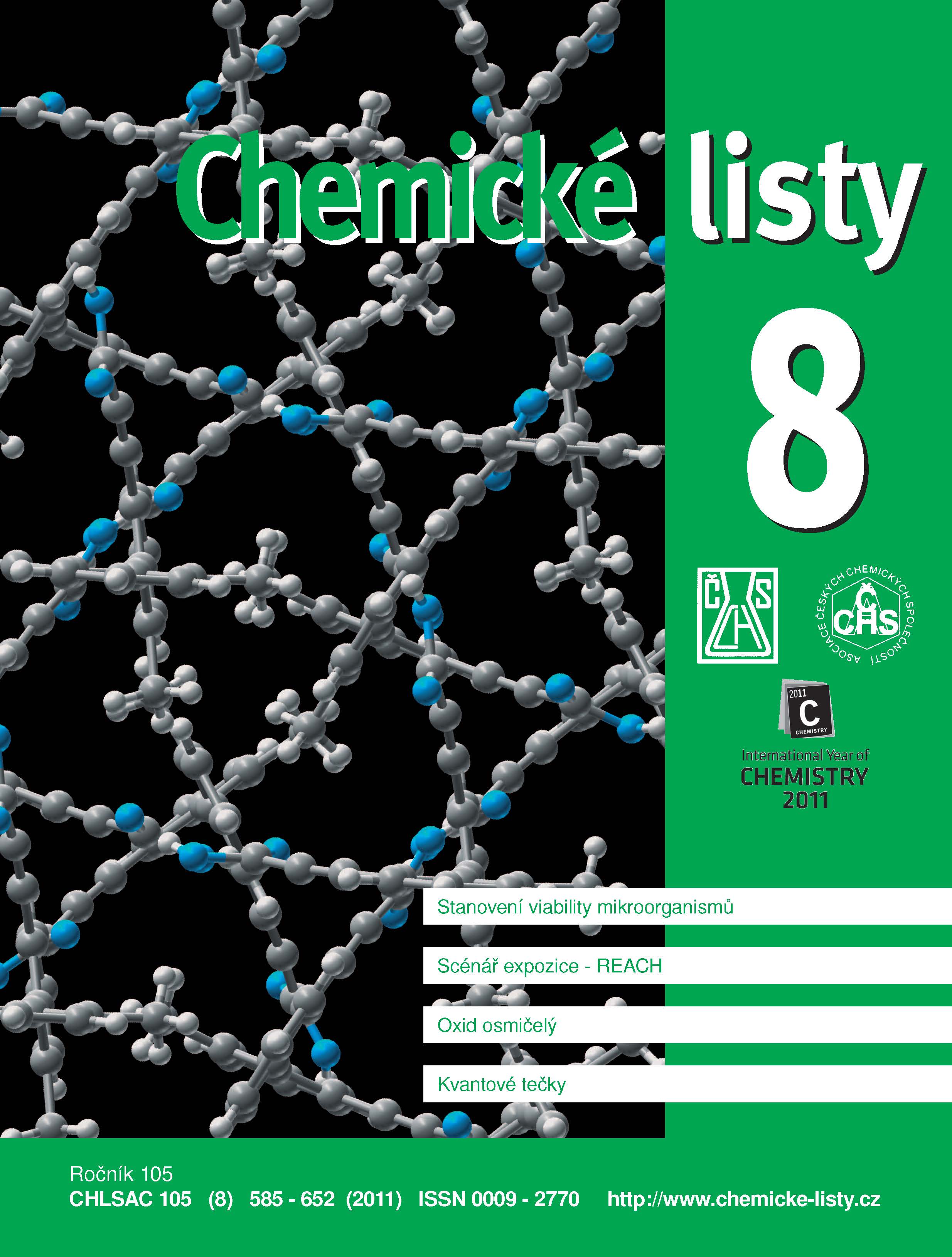Effect of Chemical Structure of Filler on Drug Pellet Pressing
Keywords:
tablets, triple-exponential pressing equation, hydrogen bonding, mechanical hooking, microcrystalline cellulose, powdered cellulose, hydroxypropylmethyl cellulose, interpretation of pressing equation parametersAbstract
In developing new formulations of pellets it is necessary to start from mathematical models of the process. The Heckel equation employed in practice determines the range of pressures at which plastic deformation of the pellet material takes place. A biexponential equation characterizing the pre-pressing and plastic-deformation stages was designed for pelletizing ceramic materials, which, however, cannot be used for polymeric fillers employed in the manufacture of drug pellets. A three-exponential equation was proposed for the evaluation of the fillers. This equation characterizes the process by three concurrent stages, the reduction of interparticular pores, reduction of intraparticular pores, and reduction of the nonporous solid substance. The stages are evaluated by volume characteristics, the energy needed for the reduction, and further by the pressing pressure under which the 50-% reduction takes place. Using this equation, three polymeric fillers, powdered cellulose, microcrystalline cellulose and (hydroxypropyl)methylcellulose, were evaluated. It was found that microcrystalline cellulose consumes the lowest amount of energy for volume reduction and exhibits the best pressing properties. The worst properties in pressing were found for (hydroxypropyl)methylcellulose. The behaviour of the fillers is substantially influenced by their chemical structure.





